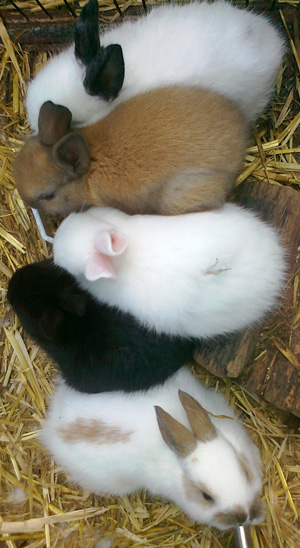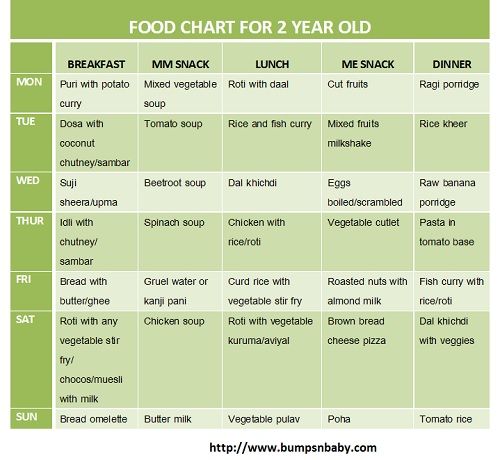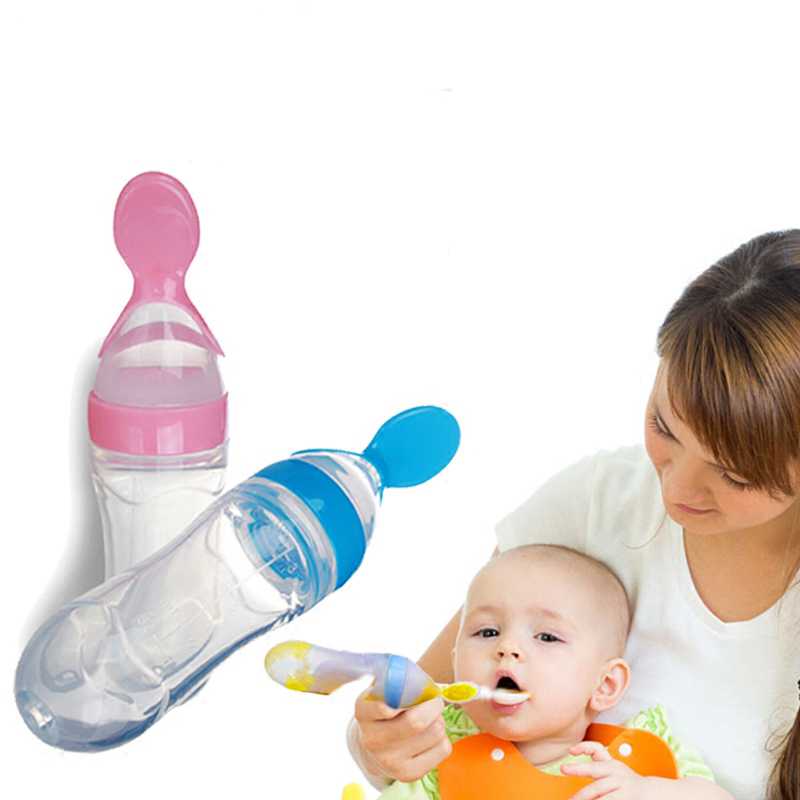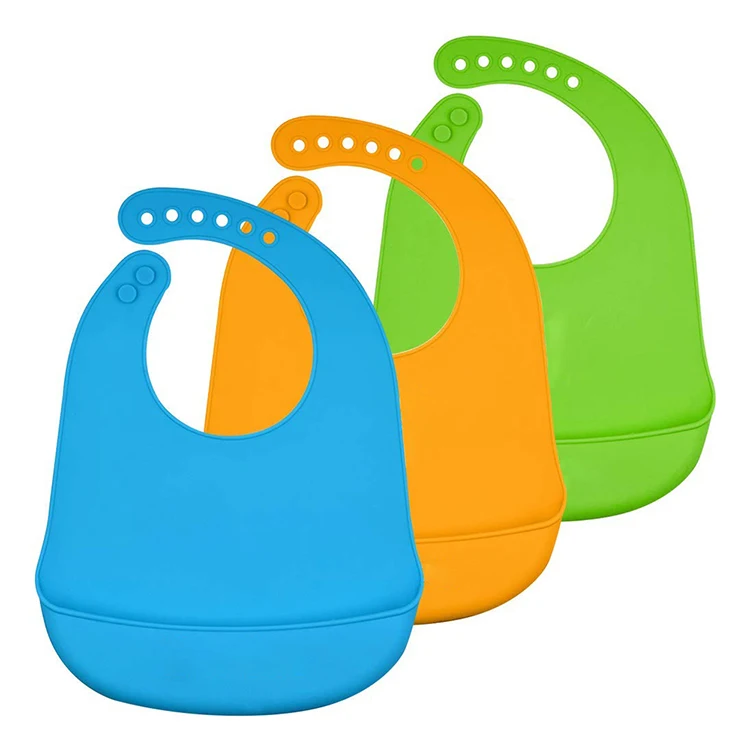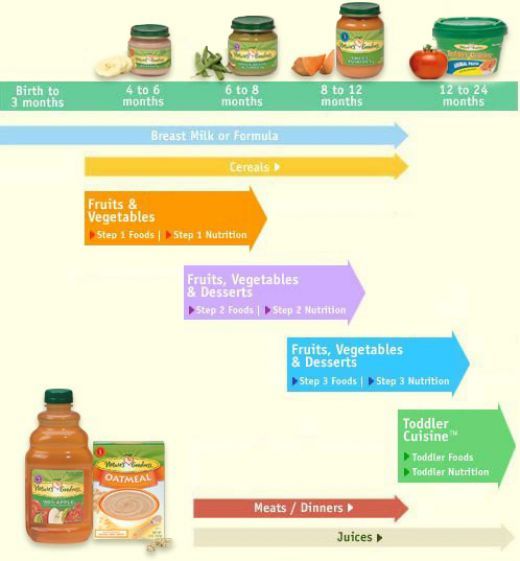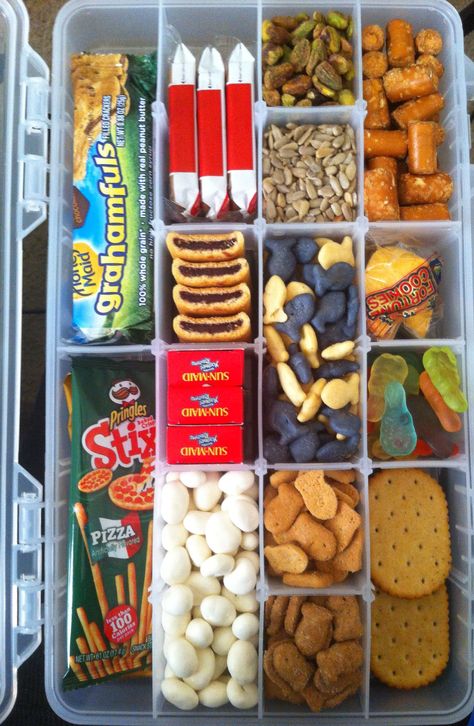Circo baby doll feed and sleep
Circo Target 18 inch Feed & Sleep Baby Doll MIB talks cries giggles baby bottle
Pricing & History
- Sold for
Start Free Trial or Sign In to see what it's worth.
- Sold Date
- Source eBay
This is a Mint in Box never been played with Circo baby doll put out by Target in 2008. Pretty cool interactive doll that runs on 2 aa batteries, 18 inches long, has a magic bottle that you can feed the baby with and she moves her mouth, and blinks her eyes, burps and snores, press right hand and the baby says mama, left hand and she talks, right foot and she giggles, right foot and she cries.This doll is in good condition cause it has sat on a shelf since my mom got it as a gift and put it in her doll collection room. Lol, I must confess that this baby doll freaked me out a little when I picked it up, it was my moms and I didn't know it worked until I accidently hit the hand and it started, anyone that wants an interactive baby doll, this would make a great gift.We will combine shipping if you purchase more than one item off of us at one time. Shipping for this item is $12 in the Good Old USA. Due to the weight it will cost a little to ship parcel, it's too big for a priority box. If you are International and want this doll, please email and we can figure out the shipping cost.
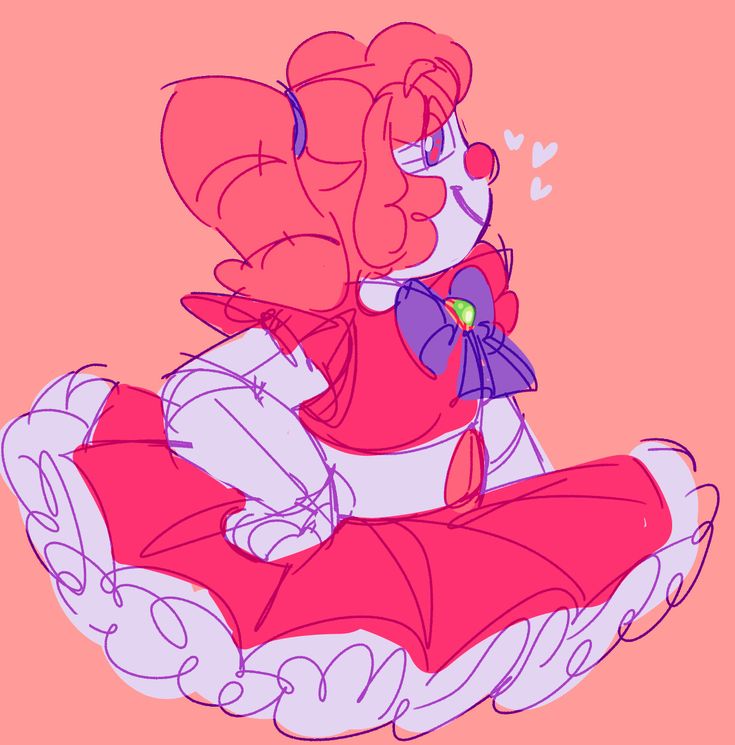 We have a small collectible memorabilia shop called Nelly’s Place in the beautiful small town of Conshohocken, located 17 miles outside of Philadelphia, PA. We pride ourselves on being trustworthy and honest, if you are unhappy, notify us by eBay message and we will strive our hardest to make you happy! If you find the item you receive is not as we described in our listing we will gladly refund your money and pay for the return shipping at no charge to you.We leave feedback for every person who buys from us, if you are happy with us, please do the same. We just became a part of the eBay family this past February and your feedback really helps us know where we stand with our customers.Thank you!Ralph, Nelly and Cindy read more
We have a small collectible memorabilia shop called Nelly’s Place in the beautiful small town of Conshohocken, located 17 miles outside of Philadelphia, PA. We pride ourselves on being trustworthy and honest, if you are unhappy, notify us by eBay message and we will strive our hardest to make you happy! If you find the item you receive is not as we described in our listing we will gladly refund your money and pay for the return shipping at no charge to you.We leave feedback for every person who buys from us, if you are happy with us, please do the same. We just became a part of the eBay family this past February and your feedback really helps us know where we stand with our customers.Thank you!Ralph, Nelly and Cindy read more
Buy Circo Feed & Sleep Baby Doll Online at desertcart Trinidad and Tobago
Brand : Circo Baby
Brand : Circo Baby
Description
- Imported from USA (Sizes & Specifications are based on the USA Market).

Now your daughter can have fun being a mom, too. This Circo Feed & Sleep doll is a great learning experience for your little girl. Features soft body, motion-activated sound, sound effects, removable clothes and bean bag body to make taking care of her life-like and very realistic. Dressed in adorable and colorful outfit, she comes with feeding bottle your daughter will love using to feed her all the time. Give your baby her own baby that she can love and adore the same. ||Number of Pieces: 5 |Features: Removable Clothes, Motion-Activated Sound, Sound Effects, Soft Body, Bean Bag Body ||Includes: Doll, Outfits |Articulation: No articulation ||Material: Fabric, Polyester, Cotton, Vinyl, Plastic ||Textile Material: 100% Polyester, Plastic, ||Decorative Details: Ruffles, Hook and loop closure |Hair Color: no hair ||Dimensions: 14.020H x 6.500W x 11.020L |Weight: 2.290 ||Suggested Age: 2 Years and Up ||Battery: required, included, 3 AAA ||Care and Cleaning: Wipe Clean with a Damp Cloth ||Imported
Show More
Related Pages
Toys And Games › Dolls And Accessories › Dolls
Disclaimer: The price shown above includes all applicable taxes and fees.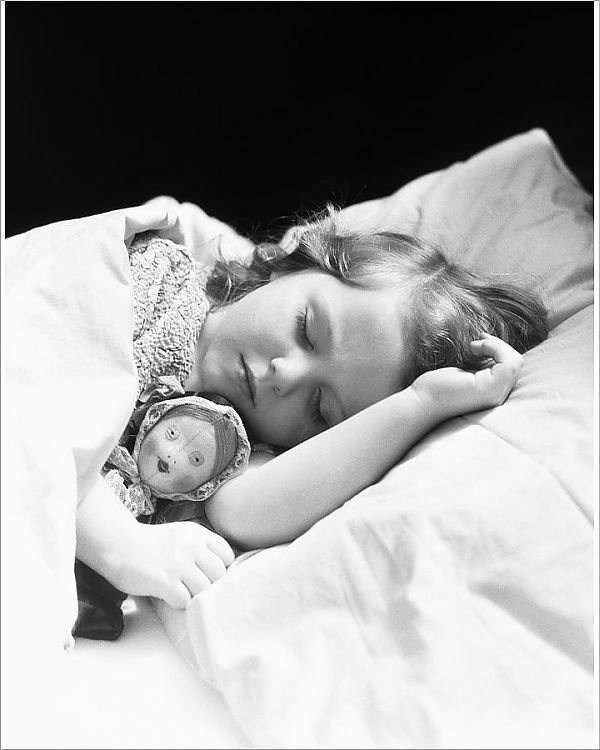 The information provided above is for reference purposes only. Products may go out of stock and delivery estimates may change at any time. desertcart does not validate any claims made in the product descriptions above. For additional information, please contact the manufacturer or desertcart customer service. While desertcart makes reasonable efforts to only show products available in your country, some items may be cancelled if they are prohibited for import in Trinidad and Tobago. For more details, please visit our Support Page.
The information provided above is for reference purposes only. Products may go out of stock and delivery estimates may change at any time. desertcart does not validate any claims made in the product descriptions above. For additional information, please contact the manufacturer or desertcart customer service. While desertcart makes reasonable efforts to only show products available in your country, some items may be cancelled if they are prohibited for import in Trinidad and Tobago. For more details, please visit our Support Page.
Frequently Asked Questions About Circo Feed Sleep Baby Doll in Trinidad And Tobago
Where can I buy Circo Feed Sleep Baby Doll online at the best price in the Trinidad And Tobago?
desertcart is the best online shopping platform where you can buy Circo Feed Sleep Baby Doll from renowned brand(s). desertcart delivers the most unique and largest selection of products from across the world especially from the US, UK and India at best prices and the fastest delivery time.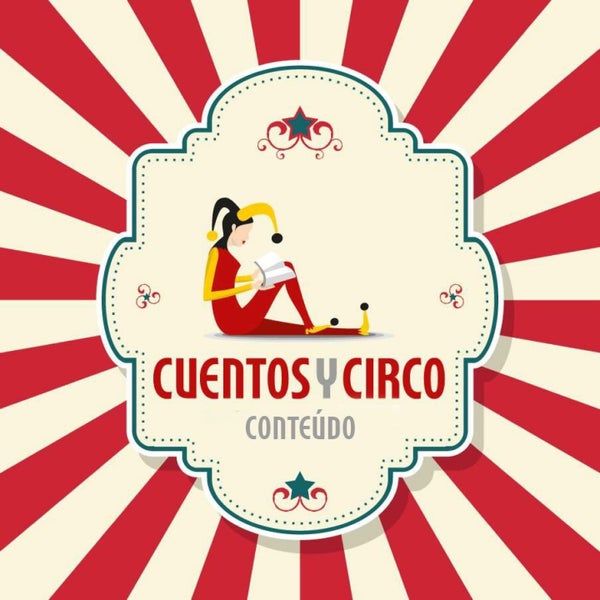
Is Circo Feed Sleep Baby Doll available and ready for delivery in in Trinidad And Tobago?
desertcart ships the Circo Feed Sleep Baby Doll to and more cities in Trinidad And Tobago. Get unlimited free shipping in 164+ countries with desertcart Plus membership. We can deliver the Circo Feed Sleep Baby Doll speedily without the hassle of shipping, customs or duties.
Is it safe to buy Circo Feed Sleep Baby Doll on desertcart?
Yes, it is absolutely safe to buy Circo Feed Sleep Baby Doll from desertcart, which is a 100% legitimate site operating in 164 countries. Since 2014, desertcart has been delivering a wide range of products to customers and fulfilling their desires. You will find several positive reviews by desertcart customers on portals like Trustpilot, etc. The website uses an HTTPS system to safeguard all customers and protect financial details and transactions done online. The company uses the latest upgraded technologies and software systems to ensure a fair and safe shopping experience for all customers.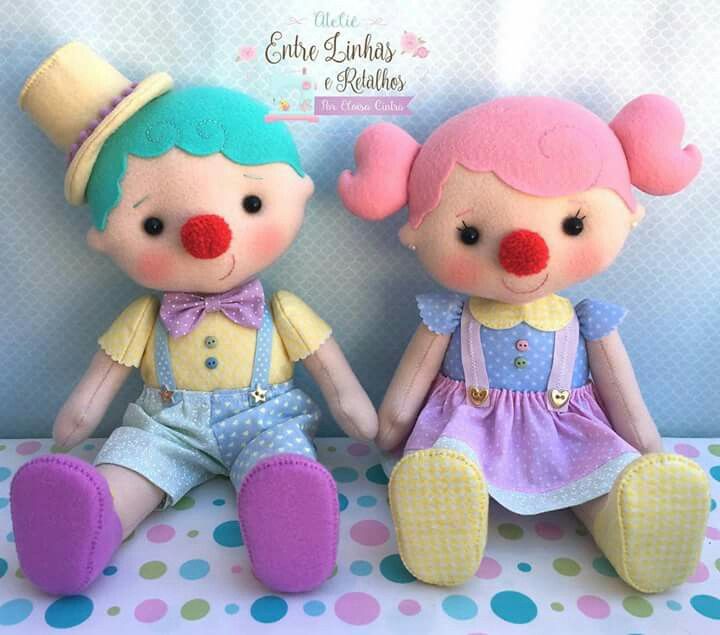 Your details are highly secure and guarded by the company using encryption and other latest softwares and technologies.
Your details are highly secure and guarded by the company using encryption and other latest softwares and technologies.
Riddles about a doll for children: short, with answers
Dolls have long been considered the most popular children's toys for girls. From an early age, babies try on the role of future mothers, take care of their “children”, change their dresses, feed, bathe, put them to bed and, in general, take care of them in every possible way.
That is why all sorts of games for dolls, cartoons and stories about them, as well as riddles, have gained great popularity. To take a little princess, it is enough to pick up riddles about a doll on our website, they are great for children, and they are also short and concise.
RECOMMENDED: Riddles about a worm for children.
The toy blinks with its eyes,
Calls its name,
And the favorite toy,
Dozes nearby on the pillow!
A girl plays with a toy,
dresses with jewelry,
The outfit was very fashionable,
The girl's eyes are burning!
Doll.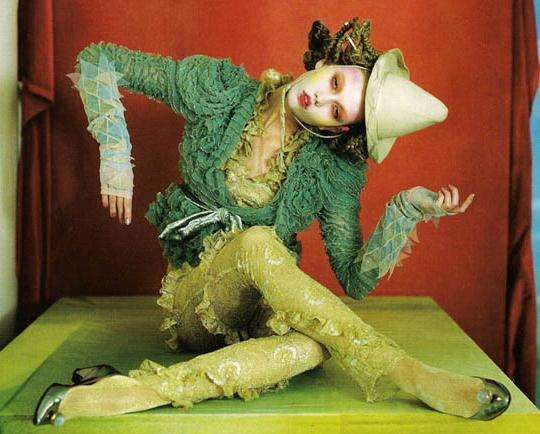
Wears dresses,
Doesn't ask for food,
Always obedient,
But it's not boring with her.
Doll.
I have a daughter Alyonka —
Here is an obedient girl!
She listens to her mother -
Eats everything she needs.
Doll.
I change clothes for her,
I put it to sleep, I take it for walks,
I will comb it and, if necessary,
I will tie a beautiful bow.
What am I playing with,
Tell me, friends?
Doll.
Blue eyes,
Golden curls,
Pink lips.
Doll.
Flaxen hair,
Blue eyes.
And shod legs
In blue boots.
The beauty is wearing a coat.
Guess? Who is this?
Doll.
READ ALSO: Riddles about the caterpillar for children.
There is only one doll in the world,
Children love this doll,
She is a big fashionista -
Changes dresses endlessly ...
Barbie.
I am a good toy,
-I will be a girl friend.
I can sit in a wheelchair,
I can close my eyes.
I ask you to love me,
Do not drop me, do not beat me.
Doll.
I have a girlfriend,
She is always with me.
Her virtues are innumerable:
Obedient and does not argue.
I will dress her, feed her.
She is like a daughter, straight.
No wonder, I'll just raise it,
She will tell me: "Ma-ma."
Doll.
My sister has a daughter:
Curls, rosy cheeks.
If the daughter is sick,
Then her sister pities her.
This daughter is for fun,
After all, my sister is still a baby.
Doll.
The toy has blue eyes,
The toy has a yellow braid
And a pink dress.
Katya sews an apron for toys,
And Nadia cooks compote for her.
Doll.
The doll is crying: I'm old,
It's time to throw me away!
But the hostess came:
- Wipe your tears!
I'll save you now -
I'll take you to the workshop!
You will be like new -
Beautiful, healthy!
You can't leave the one you love,
Otherwise you won't be happy yourself!
Doll.
INTERESTING: Wasp riddles for children.
What does it all mean?
Daughter, not crying;
put you to bed -
Will sleep
A day or two or even five...
Doll.
Friends are not bought,
Friends are not sold.
Friends are found by people,
And also created.
And only here,
In the toy store,
Huge selection of
Friends and girlfriends!
Doll.
I have a daughter Alyonka -
Here is an obedient girl!
She listens to her mother -
She eats everything she needs.
Doll.
She looks like an actress
In a beautiful silver dress,
I'll tell her a story -
She'll close her eyes,
Let's play - we'll sleep,
I'll put her to bed.
What a cute toy:
Daughter in the morning, girlfriend in the afternoon?
Doll.
I am for my girlfriend Katya
I put on a dress in the morning.
I put on her boots
On rubber feet
And I lead Katya along the alley
In the morning for a walk.
Doll.
Story game. Child of the third year of life
Story game
From an early age, a child is attracted to everything that adults do. The desire to imitate the elders underlies a special type of children's activity - a process game, which appears already in the second year of life. In the course of such games, the child in a conditional sense, "pretend" can act like an adult. In such games, the baby, as a rule, reflects episodes of his own life related to caring for him. He transfers real everyday actions to toy characters (feeds, combs, bathes, treats), which personify himself.
The plot game takes place in the third year of a child's life and has a huge impact on his mental development. The kid cannot really participate in the affairs of adults, but, imitating them in games with dolls, he better understands the meaning of the actions of adults, learns to understand the feelings and states of other people, empathize with them, take care of them (after all, a doll is the personification of a person). This contributes to the social and personal development of the child.
This contributes to the social and personal development of the child.
Games with plot toys have an impact on the intellectual development of the baby - imaginative thinking, imagination. In these games, the foundations of creativity are laid. At the same time, for the child, this is an easy and joyful activity that gives him pleasure and maintains a good mood. In the course of the game - the most natural and understandable activity for the child - he can be taught a lot.
Psychologists have long proved that the game does not arise by itself. Previously, a small child took over the play experience from older children - sisters, brothers or children playing in the yard. Nowadays, it is rare to meet families with many children, and the culture of joint plot games on playgrounds is being lost. Therefore, the main role in the development of the game belongs to adults.
If you pay due attention to games with story toys, a child's interest in them appears quite early, already in the second year of life.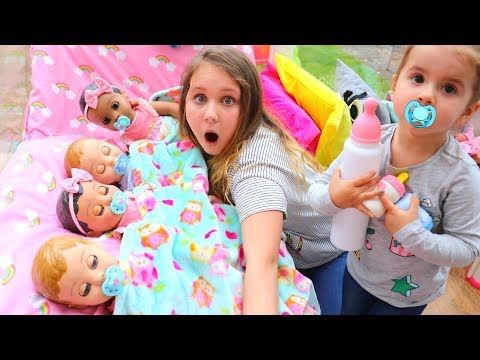 Gradually, the games become more diverse: the baby begins to include an increasing number of characters in the game, the range of game actions and plots also expands (the baby feeds, combs, bathes the dolls, puts them to bed, etc.). At the same time, during the second and at the beginning of the third year of life, the sequence of play actions is determined not by life logic, but by those objects that fall into the field of view of the baby. For example, having decided to feed the doll with soup, the child “cuts” all the objects on the table (“vegetables”) with a plastic knife for a long time, but forgets to feed the doll. The repeated repetition of the same actions, their reproduction day after day over a long period, served as the basis for designating such games as procedural.
Gradually, the games become more diverse: the baby begins to include an increasing number of characters in the game, the range of game actions and plots also expands (the baby feeds, combs, bathes the dolls, puts them to bed, etc.). At the same time, during the second and at the beginning of the third year of life, the sequence of play actions is determined not by life logic, but by those objects that fall into the field of view of the baby. For example, having decided to feed the doll with soup, the child “cuts” all the objects on the table (“vegetables”) with a plastic knife for a long time, but forgets to feed the doll. The repeated repetition of the same actions, their reproduction day after day over a long period, served as the basis for designating such games as procedural.
In the second year of life, children begin to use substitute objects. These items without specific functions can replace missing toys. The first substitutions appear in the play of children under the influence of an adult.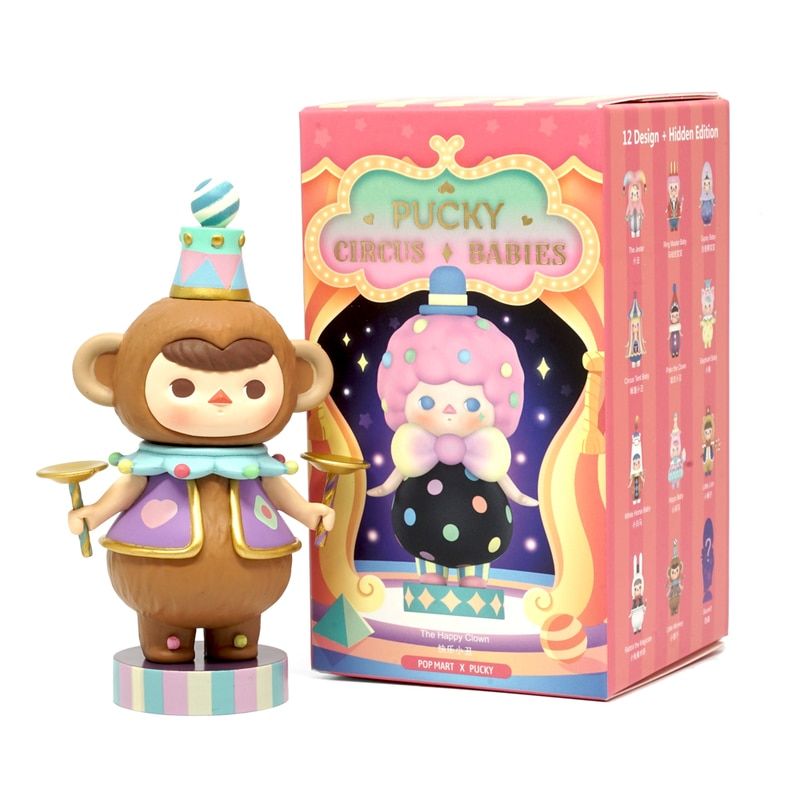 According to him, the child can feed the doll using a stick instead of a spoon, offer her a cube instead of bread. He can also supplement the game situation with a conditional action without an object, for example, bring an empty hand to the doll and say that it is “candy”.
According to him, the child can feed the doll using a stick instead of a spoon, offer her a cube instead of bread. He can also supplement the game situation with a conditional action without an object, for example, bring an empty hand to the doll and say that it is “candy”.
The beginning of the third year of life is the heyday of the process game. During this period, the need-motivational side of the game is significantly enhanced. The child can play independently and enthusiastically for a long time, often preferring to play with plot toys to other activities. Now your constant participation is not so necessary, as the toys themselves begin to encourage the baby to play.
By the end of the year, the composition of game actions is being improved, their variability is increasing. The child begins to reflect the logical sequence of events. For example, in order to prepare dinner for the doll, he cuts vegetables, puts them in a saucepan, stirs, tastes, sets the table and, finally, feeds the doll.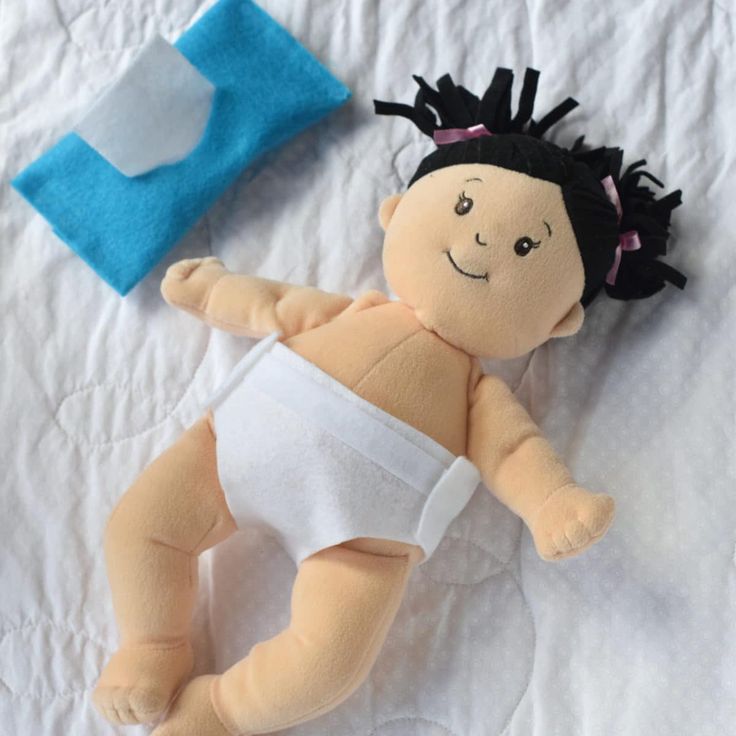 At the same time, the baby plans his actions in advance, informing the game character about this, for example: “Now I will cook soup, then eat and go for a walk. By the age of three, the child's play is enriched with new game plots. The kid begins to treat dolls, play shop, hairdresser, builders, etc.
At the same time, the baby plans his actions in advance, informing the game character about this, for example: “Now I will cook soup, then eat and go for a walk. By the age of three, the child's play is enriched with new game plots. The kid begins to treat dolls, play shop, hairdresser, builders, etc.
A child of the third year of life increasingly includes substitute objects in the game. If earlier, using substitute objects, the baby imitated you, now he is able to come up with his own replacements. The same object can be used in different ways. For example, a cube can become bread, a biscuit, a stove, a chair, a ball can become an egg, an apple, a candy, etc. The appearance of symbolic substitutions expands the possibilities of the game, gives scope for imagination, frees the child from the pressure of a visual situation.
During early childhood, the child gradually prepares to take on the role.
At the beginning of the third year of life, imitating your actions, the child does not realize that he is playing a certain role, does not call himself or the doll by the name of the character, although he actually acts like a mother, a doctor or a hairdresser. This game is called "role in action". Over time, the baby, performing this or that game action, begins to designate it as his own, for example: "Anna is cooking soup." Sometimes, as a rule, with your hint, the child calls himself a different name, for example, “mom”, “dad”, “aunt Valya”, but he still cannot turn the plot around this role.
This game is called "role in action". Over time, the baby, performing this or that game action, begins to designate it as his own, for example: "Anna is cooking soup." Sometimes, as a rule, with your hint, the child calls himself a different name, for example, “mom”, “dad”, “aunt Valya”, but he still cannot turn the plot around this role.
In the second half of the third year of life, the child gradually begins to form role-playing behavior in the full sense of the word, which involves consciously assigning one or another role to oneself and a partner. The kid himself begins to call himself mom, dad, aunt, driver, doll - daughter or son, etc. Dialogues with characters appear in the game, for example, a child talking on his own behalf and on the face of a doll. Thus, by the end of the third year of life, the main prerequisites are being prepared for the transition to a role-playing game - the leading activity of preschool age.
Organization of the game environment
Proper organization of the game environment is one of the conditions for the emergence and development of a process game.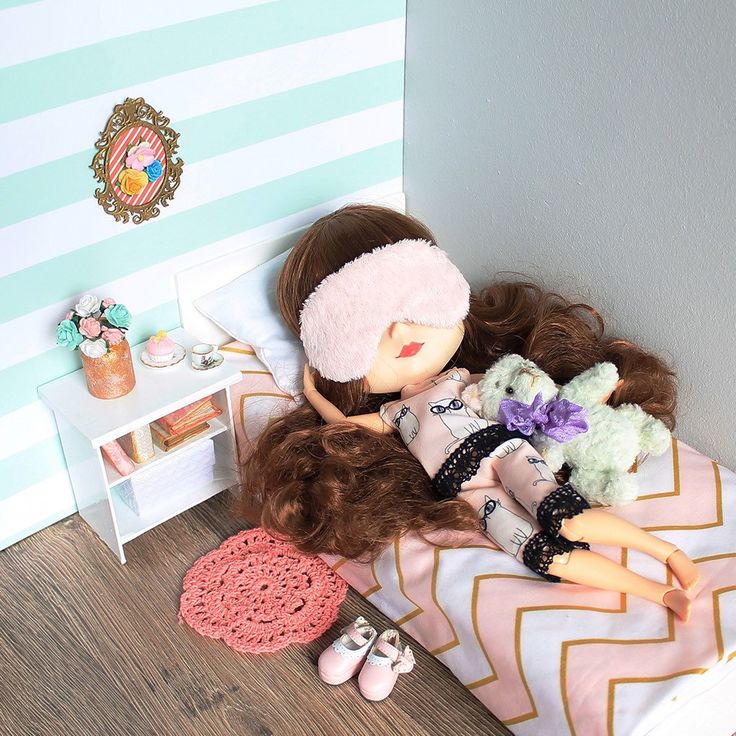 The child should have a sufficient number of different toys, which should be arranged in such a way as to encourage the baby to play out a particular plot. Therefore, it is advisable to create zones in the room specially designed for a variety of plot games: cooking, feeding, sleeping, bathing dolls, playing in the store, hospital, hairdresser. In certain places, cars and building materials, tool kits, toys for playing in the zoo, circus, etc. should be placed.
The child should have a sufficient number of different toys, which should be arranged in such a way as to encourage the baby to play out a particular plot. Therefore, it is advisable to create zones in the room specially designed for a variety of plot games: cooking, feeding, sleeping, bathing dolls, playing in the store, hospital, hairdresser. In certain places, cars and building materials, tool kits, toys for playing in the zoo, circus, etc. should be placed.
The play space should be comfortable, allowing the child to play alone or with a visiting friend. All toys should be freely available and have a permanent place of storage so that the kids themselves, without resorting to your help, find the items they need to play.
However, the principle of zoning does not mean that the playing space should be strictly limited to play corners. The game is a free activity, and the child has the right to play where it is convenient for him (on the rug, in the bedroom, at any free table). The development of a wider playing space makes it possible to vary the conditions of the game, opens up scope for children's imagination.
The development of a wider playing space makes it possible to vary the conditions of the game, opens up scope for children's imagination.
If a child, together with you or himself, organized a play place somewhere in a corner, on a rug or on a chair, and then interrupted the game, you should not immediately demand from him that he put the toys away or put them away. The preservation of the playing space contributes to the resumption of playing actions, stimulates the further development of the plot.
To keep the child's interest in the game, it is advisable to periodically update the play material, replace the toys that bother the baby with others that can be temporarily stored in a closed cabinet.
A reasonable balance should be maintained in the number of toys. They should be enough to play out different plots and the ability to vary actions within the same plot. An excessive number of toys can provoke the child's constant distraction from the plot, leading to chaotic, erratic manipulations.
It is desirable that there are various dolls in the children's corner: large and small. It is convenient to comb, dress, feed large elegant dolls; small naked dolls - to swaddle, bathe, carry on hands. The game of the kid will become more interesting if he has dolls representing different professions (doctor, policeman, cook, etc.). Some parents believe that only girls should buy dolls, and boys are only interested in cars and cubes. It is not right. In the story game, which is of great importance for the intellectual and social development of the baby, the relationships between people are reproduced, first of all, and it is these dolls that personify. Therefore, they should be an indispensable attribute of the games of both girls and boys. And the reluctance of boys to play with dolls is most often explained by the fact that adults do not even try to organize such games with them. Observations show that boys, with whom adults play different plots involving dolls, play with them no less willingly than girls.
In addition to dolls, a child should have a variety of toy animals. They also fill the roles of characters in story games.
To act out various plots, it is desirable to have the following toys: doll furniture, sets of dishes, a stroller, sets of toys for bathing dolls, their treatment, toys for playing in a store, a hairdresser, a zoo, cars of various sizes and purposes (ambulance, truck , fire engine). For the construction of buildings, the baby must have building kits. It is good if there are boxes of different sizes at home. They can be used to build houses, tunnels, trains, etc.
Special attention should be paid to the selection of so-called substitute items. Several multi-colored dice, sticks, reels, mosaic pieces, etc. are best stored in a special box and used during the game.
How to play with a child
Children of the first years of life can reflect in the game only what they are familiar with, therefore, for the emergence and development of the game, it is necessary to enrich the life experience of the kids. It is he who forms the basis of the story games. Involve the child in all possible participation in household chores: offer him to help you arrange food utensils on the table, cook dinner, and clean the apartment. Pay attention to wearing adults indoors and outdoors. When caring for a baby, comment on your actions and their sequence so that he better understands their meaning.
It is he who forms the basis of the story games. Involve the child in all possible participation in household chores: offer him to help you arrange food utensils on the table, cook dinner, and clean the apartment. Pay attention to wearing adults indoors and outdoors. When caring for a baby, comment on your actions and their sequence so that he better understands their meaning.
The enrichment of a child's life experience is facilitated by reading children's books, telling episodes from the life of adults, other children, and animals that are understandable and interesting to him.
Playing out various plots with your child, showing him new play actions, observe an important rule: do not turn the game into a learning activity, otherwise the game may turn into a mechanical reproduction of memorized actions. Try to play enthusiastically yourself, do not dictate to the child what to do, but involve him in the game using indirect methods: address him on behalf of the doll, answer for her, ask her questions, invite the baby to join the game, distribute actions with him. For example, put the doll on a chair and turn to her: “Lalya, it's time to eat. Here's a plate, here's a spoon. Let me feed you some porridge." Feed the doll and talk to her just like you would talk to a baby. At the same time, ask the baby to help you feed the doll. For example, say: “Mishenka, let's feed Lyalya together. I'll give her porridge, and you give her tea. Where is our cup? Gradually introduce new characters and items into the game (for example: “Look, the kitty is sitting sad, she also wants to eat. Let's give her some milk on a silver platter.”).
For example, put the doll on a chair and turn to her: “Lalya, it's time to eat. Here's a plate, here's a spoon. Let me feed you some porridge." Feed the doll and talk to her just like you would talk to a baby. At the same time, ask the baby to help you feed the doll. For example, say: “Mishenka, let's feed Lyalya together. I'll give her porridge, and you give her tea. Where is our cup? Gradually introduce new characters and items into the game (for example: “Look, the kitty is sitting sad, she also wants to eat. Let's give her some milk on a silver platter.”).
Remember that a story game involves interaction between characters. Together with your child, animate dolls and animals: come up with names for them, try to involve the baby in a conversation with dolls. For the development of a full-fledged game, it is important from the very beginning to encourage the child to communicate with the characters through speech. If the baby is not yet able to speak fluently, you can do it for him, addressing him on behalf of the doll or toys on his behalf.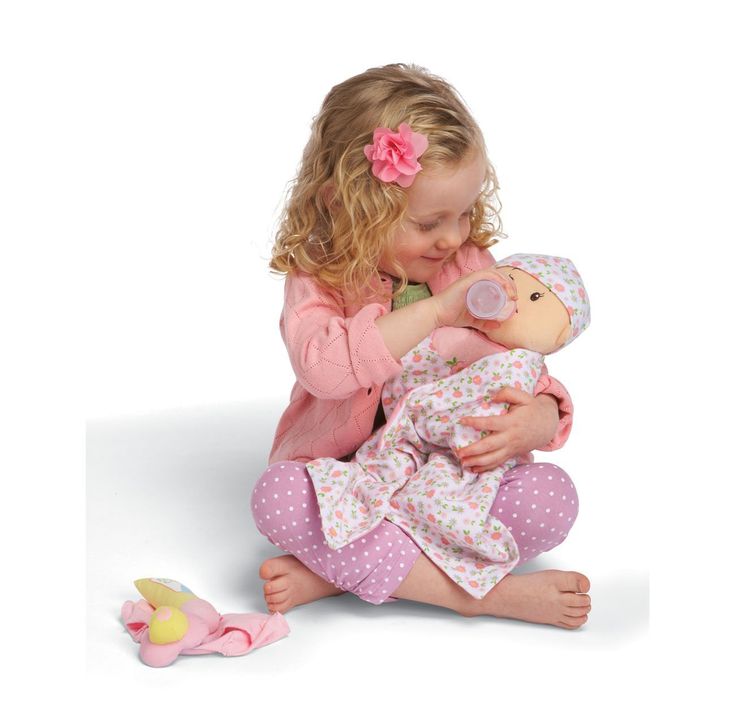 For example: “Sashenka, Lyalya calls you for a walk. Let's go for a walk?" Over time, the baby will begin to repeat your words, pronounce his own. It is good to accompany the game with poems, songs. For example, while putting the doll to bed, say:
For example: “Sashenka, Lyalya calls you for a walk. Let's go for a walk?" Over time, the baby will begin to repeat your words, pronounce his own. It is good to accompany the game with poems, songs. For example, while putting the doll to bed, say:
Here under your back -
Soft duvet cover
Top of the duvet cover
Clean sheet
Here under your ears -
White cushions,
Down duvet
And a handkerchief on top
It is very important that your speech is not only detailed, but also emotionally colored, intoned, accompanied by facial expressions and gestures. After the child begins to memorize the poem, you can pause during reading to give him the opportunity to say a few words at the end of the line. Children imitate adults with pleasure and gradually begin to turn to toys themselves, first with the help of short words (“on”, “sleep”, “top-top”, etc.), and then with detailed statements.
Gradually expand the range of situations that can be displayed in the game.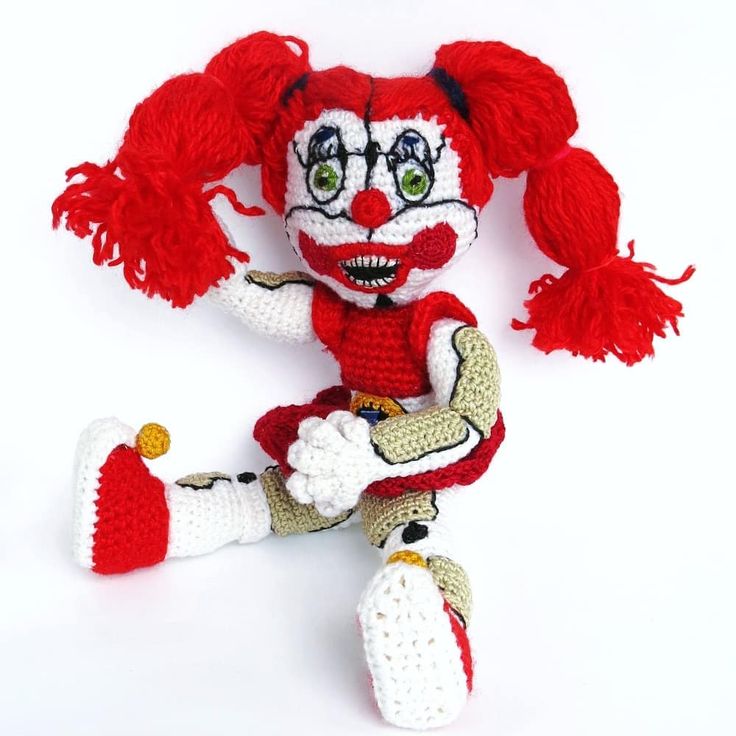 At this age, the child often "gets stuck" on the same actions, for example, he can brush or feed the doll endlessly day after day. Your task is not to interrupt the child's game, to try to diversify it. If you see that the baby’s play is limited to just feeding the doll, ask him: “Did your daughter eat? Maybe it's time for her to sleep? Where is her bed? Thus, you will push the child to new play activities.
At this age, the child often "gets stuck" on the same actions, for example, he can brush or feed the doll endlessly day after day. Your task is not to interrupt the child's game, to try to diversify it. If you see that the baby’s play is limited to just feeding the doll, ask him: “Did your daughter eat? Maybe it's time for her to sleep? Where is her bed? Thus, you will push the child to new play activities.
If adults play little with a child, his play actions remain monotonous, and in the third year of life in the game he uses only a few objects, repeating the same actions with them day after day. Gradually offer your baby new objects and options for actions with them. For example, if a child endlessly combs a doll with a comb, he can be offered a hair brush, a bow, a hairpin, a mirror. If he treats the monkey with “pills”, offer to “measure her temperature”, give an “injection”, “put drops in her nose”, etc.
When playing with your baby, try to direct the game in such a way that it reflects the sequence of real events in the child's life. Young children do not yet know how to plan their activities. Their actions are situational and arise under the influence of those objects that fell into their field of vision: he saw a comb - he combed the doll, he saw an iron - he began to iron everything that was on the table. Before starting the game, agree with the child about how you will play. For example: “Nastenka, it seems to me that our doll Katya wants to sleep. Let's give her a bath, dry her with a towel, comb her hair, and then put her in the crib and sing her a song. If the baby agrees to play this way, help him stick to the sequence of actions that you agreed on. But at the same time, do not insist that the child necessarily follow your instructions.
A favorable influence on the formation of a child's interest in the game, the ability to act in a conditional plan has the inclusion of game characters in regime moments. For example, during lunch, you can put a doll or a dog on a chair next to the baby, which will also “eat”, put a plate, a cup in front of it, put a spoon.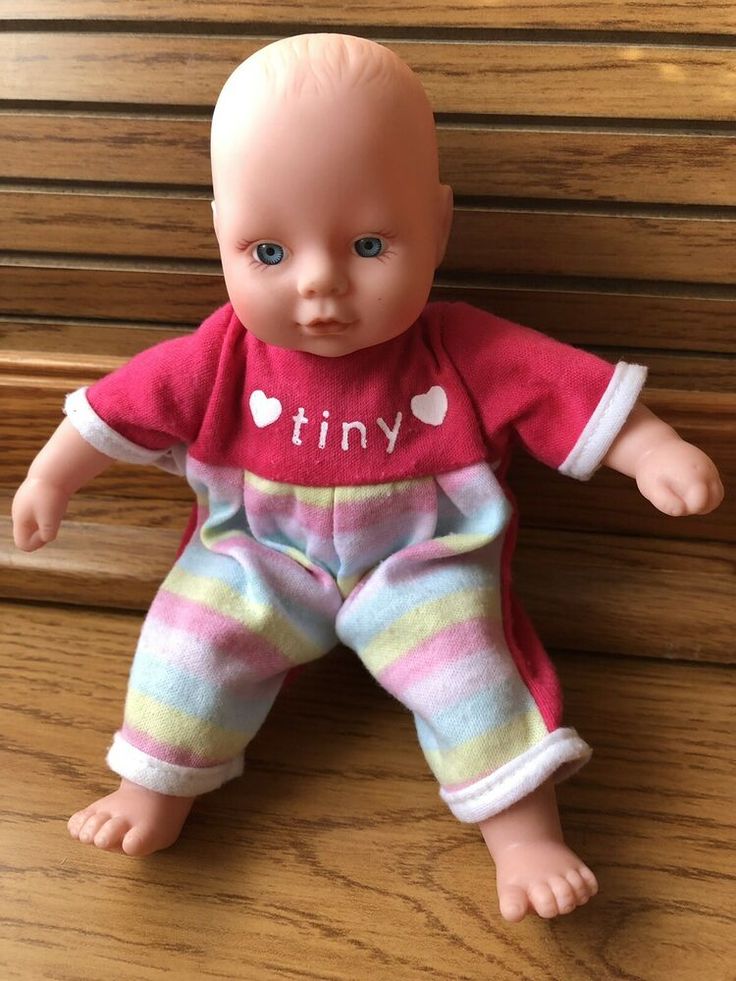 When putting your child to sleep, invite him to lull his favorite toy, put it next to him, and after sleep, put him on a potty, wash him.
When putting your child to sleep, invite him to lull his favorite toy, put it next to him, and after sleep, put him on a potty, wash him.
When playing with a child, try to introduce substitute objects into the game, for example, suggest that the child use a stick instead of a spoon or a pencil, a piece of a mosaic instead of a cookie, a cube instead of an iron, etc. It is also useful to include conditional actions “with a missing object” into the game. . Already at the beginning of the second year of life, the baby is able to understand the meaning of the action of an adult who hands him a pinch, explaining that it is a “flower”. The child repeats such actions with pleasure, addressing them not only to toys, but also to an adult and to himself. Small children are very fond of when an adult asks to “feed” him, they watch with a smile how he diligently “chews” or “drinks”, imitating him, “eat” themselves, feed a doll, baby elephant, monkey.
The inclusion of substitute objects and “pretend” actions in the game significantly expands its horizons, makes it more interesting, meaningful, and stimulates the development of a child’s creative imagination. At the same time, it is important to remember that your help in the selection of substitute items should not be intrusive. It is necessary to give the child the opportunity to find a replacement for the missing object and name it. If the baby does not accept your offer, you should not insist, a little later he will use the hint or pick up a substitute item on his own. Gradually, the child begins to imagine more and more clearly what and how can be replaced, to actively use in the game the word denoting the substitute object.
At the same time, it is important to remember that your help in the selection of substitute items should not be intrusive. It is necessary to give the child the opportunity to find a replacement for the missing object and name it. If the baby does not accept your offer, you should not insist, a little later he will use the hint or pick up a substitute item on his own. Gradually, the child begins to imagine more and more clearly what and how can be replaced, to actively use in the game the word denoting the substitute object.
Of particular importance for the development of a child's play activity is the ability to take on various roles, to give one or another role to a partner (call yourself mom, dad, aunt, and the doll - daughter or son). There are many ways to help your child with this. For example, with the help of comments: “This is how you, Lenochka, rock Lyalya well, like a mother. You are a mother, and the doll is a daughter” or “Maxim, you are our builder. You are building a house.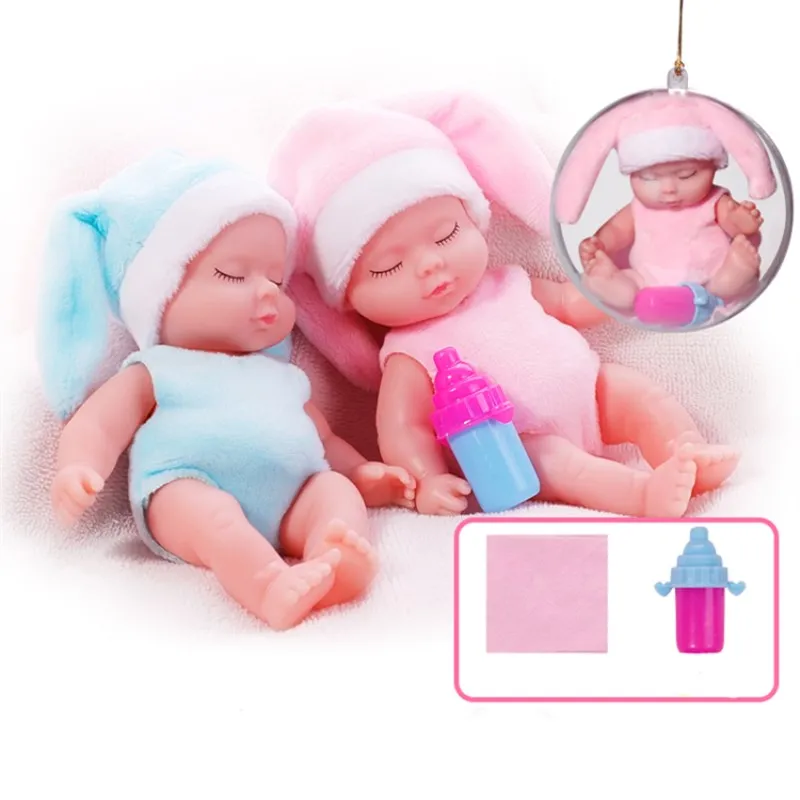 "
"
Another technique is to assume the role of the adult himself, as well as naming the role of the character in the game. For example, when opening the game, say: “I am a mother, and this is my son. Son, it's time to swim", "I'm a doctor, and this is a patient. Sick, you need to get an injection." The child himself can become the character of such games. In this case, you call yourself a mother or a doctor, and the child is a daughter or sick. To facilitate understanding and acceptance of the role, it is desirable to use the appropriate attributes: the doctor needs to put on a white coat and glasses, take tools, make a bandage on the patient’s arm, the seller should take the scales, calculator, lay out the goods on the counter, give the buyer a basket for groceries and a wallet with “money ".
When the child learns to take on some roles, you can offer him to change roles. For example, at first you take on the role of a doctor, and the child takes on the role of a patient. After “healing the patient”, you can offer the child: “Now you will be a doctor, and I will be sick. Doctor, my throat hurts." Or: “Now let me be a daughter, and you will be a mother. Mom, let's go to the store and buy some candy." At the same time, it is important not only to perform the appropriate roles, game actions, but also to comment on them, invent dialogues, and also intotone the characters’ speech, for example, to strictly address the doll on behalf of the doctor, to whimper or be capricious, like a small child. In such games, the foundations of the future role-playing game are laid.
After “healing the patient”, you can offer the child: “Now you will be a doctor, and I will be sick. Doctor, my throat hurts." Or: “Now let me be a daughter, and you will be a mother. Mom, let's go to the store and buy some candy." At the same time, it is important not only to perform the appropriate roles, game actions, but also to comment on them, invent dialogues, and also intotone the characters’ speech, for example, to strictly address the doll on behalf of the doctor, to whimper or be capricious, like a small child. In such games, the foundations of the future role-playing game are laid.
This text is an introductory fragment.
Story painting from plasticine
Story painting from plasticine It is recommended to start work according to the Claudel Painting technique with story paintings. The technique itself is universal for working with children of any age, just the plots of the pictures should correspond to the level of development of the child. For toddlers it's
The technique itself is universal for working with children of any age, just the plots of the pictures should correspond to the level of development of the child. For toddlers it's
Game
The game When your baby is relaxed or in a calmly focused state, try to play the game “Eye to Eye” with him.
Game
The game The baby establishes a connection with the outside world, and in this he needs your help. When the mother shakes the rattle, moving it at different distances from the baby, the baby hears sounds, and he awakens an orienting reaction, which is very important for the future.0003
Game
The game When the child is in a state of calm concentration, try to play the game "Imitator" with him. Hold the baby in your arms so that the distance between you is 20-25 cm (this distance is optimal for focusing the eyes), and start slowly
Game
The game To strengthen the muscles of the back and neck of the baby, as well as to establish emotional contact, play this game with him.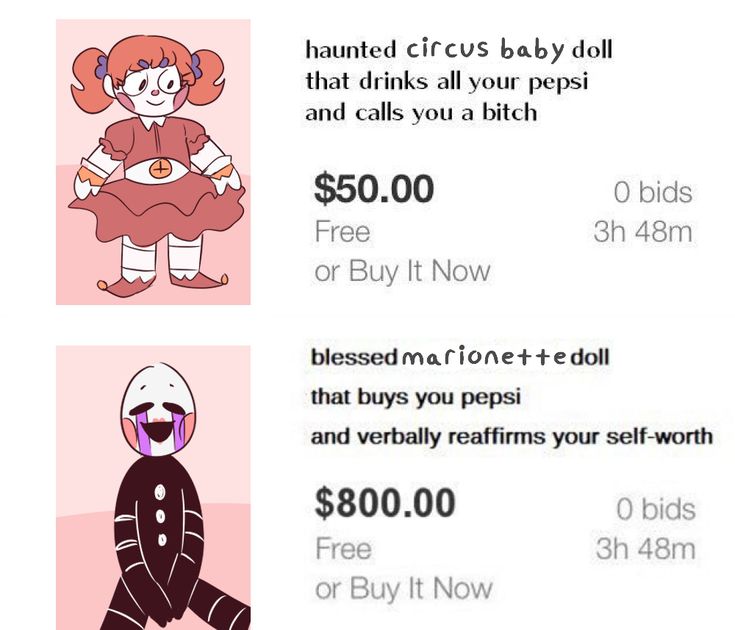 Lie on your back and place your baby on your stomach. Try to get the child's attention: call him by name, show a bright rattle,
Lie on your back and place your baby on your stomach. Try to get the child's attention: call him by name, show a bright rattle,
Game
The game For the development of the vestibular apparatus, it is useful to play the game “Let's fly!” with the baby. Take the baby in your arms and twist with him in different directions (do not forget to hold his head). At the same time, smile at the baby and say this rhyme: I'm flying, flying,
Game
The game For this age, the game of cubes is the best. The cubes should be small (so that they can be easily held in the hand), bright and contrasting. Place your child in a child seat in front of the table. Put a cube in front of him and watch how the baby plays with it.
Game
The game The game "Barricade" develops dexterity, coordination of movements, stimulates physical activity.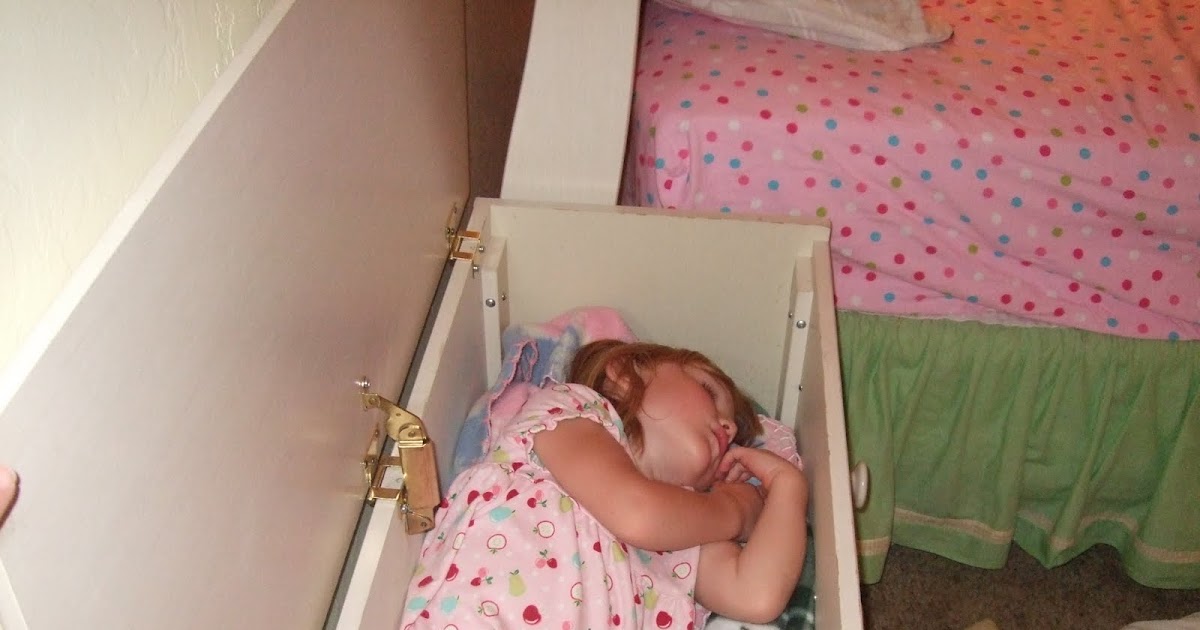 Build a low barricade on the floor: lay out pillows, rolled up blankets, rollers, soft toys. Take a bright, attractive toy for the baby, put it on
Build a low barricade on the floor: lay out pillows, rolled up blankets, rollers, soft toys. Take a bright, attractive toy for the baby, put it on
Game
The game "Ladushki" is a well-known finger game. Massage your baby's hands and fingers before playing. It is necessary to knead them and stroke them for 2-3 minutes. - Okay, okay! Where were you? - By Grandma. - What did you eat? - Porridge. - What did they drink? - Brazhka. – Kashka
Game
The game The game "Little rock climber" contributes to the development of coordination of movements. On the sofa or on the bed, build a hill (some kind of slide) from pillows of various sizes, soft cushions and folded blankets. Show your baby how to get to the very top
Game
The game When your baby is relaxed or in a calm-focused state, try playing the Eye to Eye game with him. Hold the baby in your arms in an upright position (in this position, babies are most attentive) and move him further away from you, then
Hold the baby in your arms in an upright position (in this position, babies are most attentive) and move him further away from you, then
Game
The game It is important! Developing the curiosity of the baby, do not forget that no toys can replace his communication with you. If adults talk little to the child, he is less interested in the surrounding objects. On the contrary, children with whom they communicate quite a lot,
Game
The game When the child is in a state of calm concentration, try to play the game "Imitator" with him. Hold the baby in your arms so that the distance between you is 20-25 cm (this distance is optimal for focusing your eyes), and start slowly
Game
The game To strengthen the muscles of the back and neck of the baby, as well as to establish emotional contact, play this game with him.


